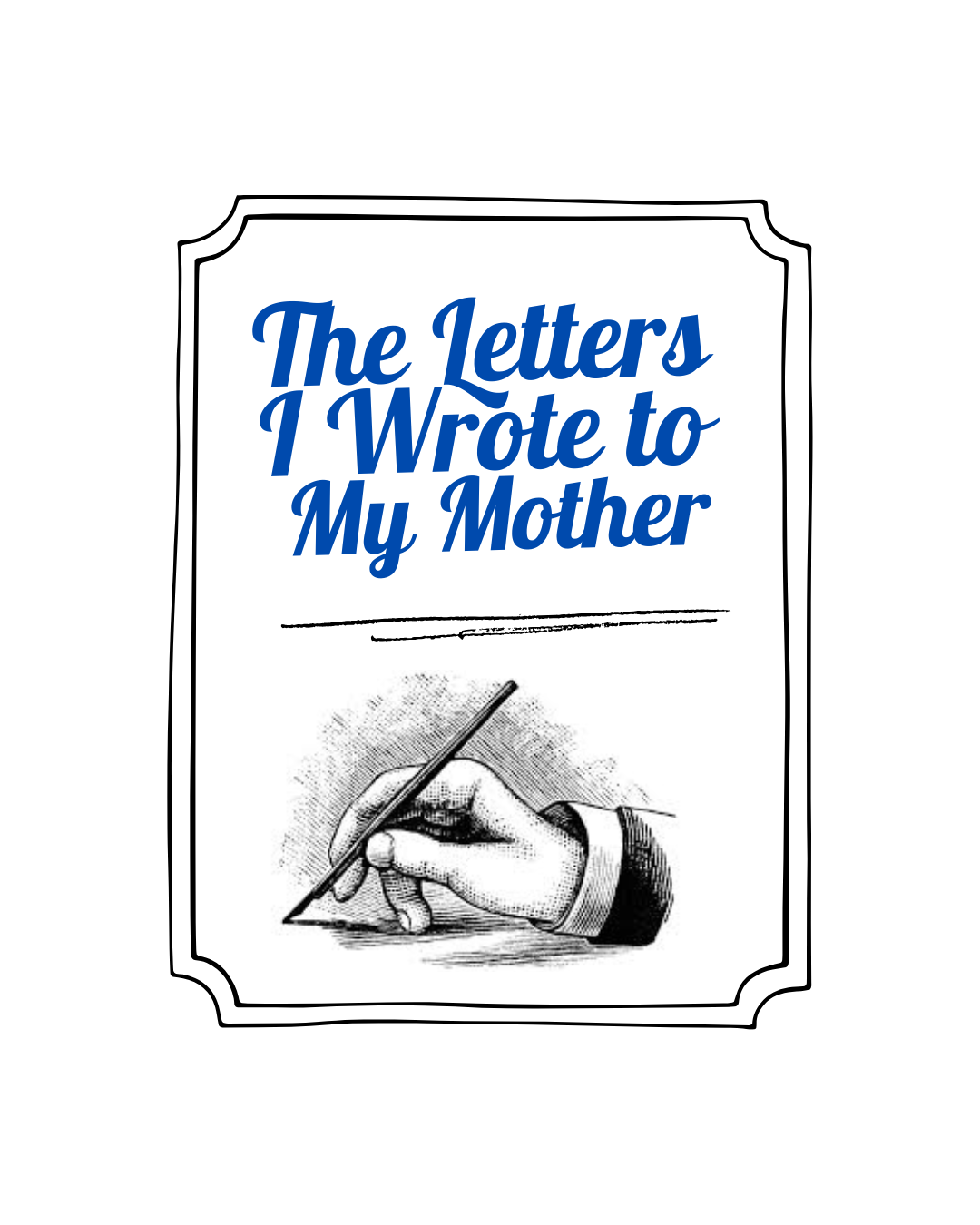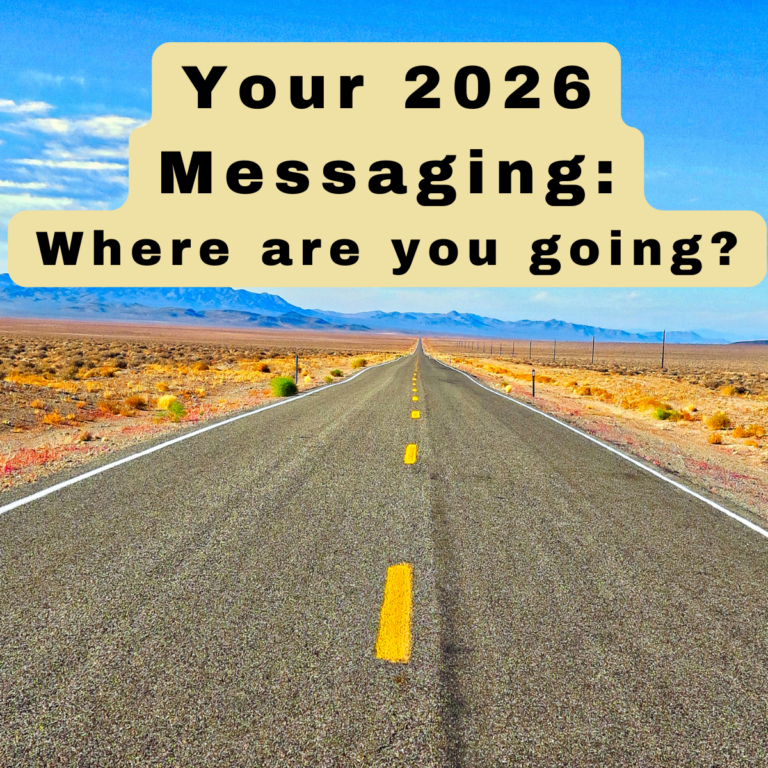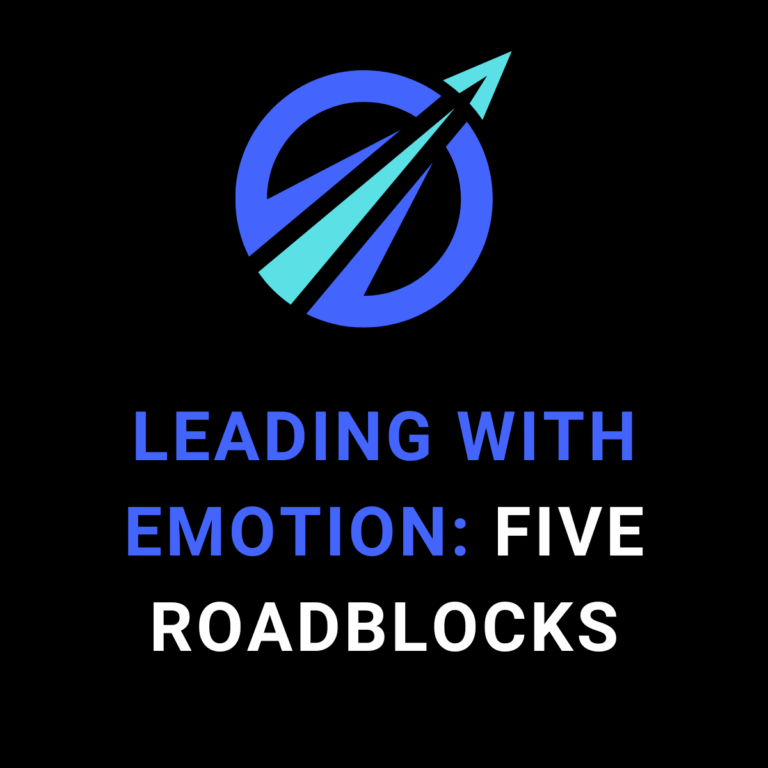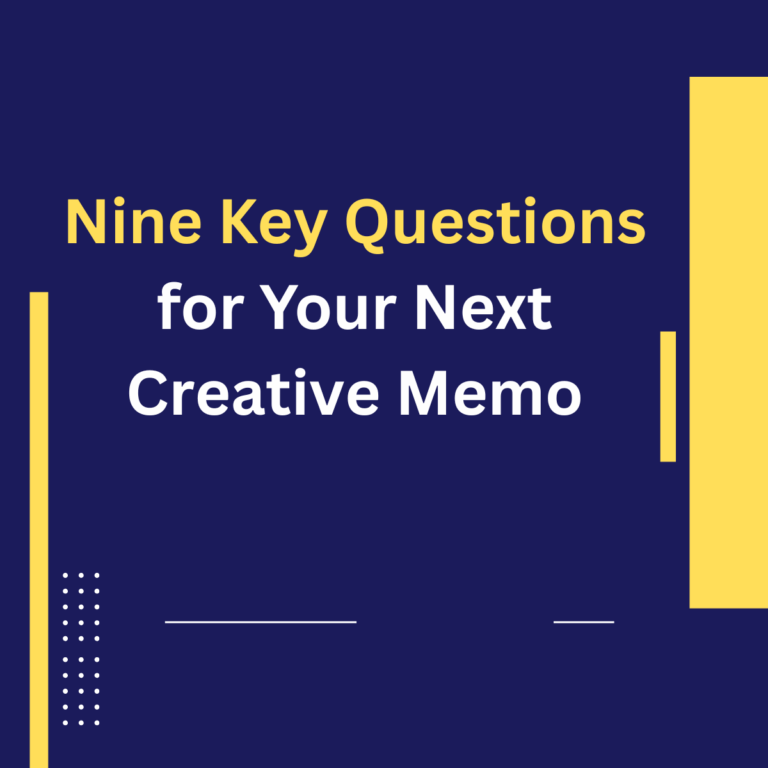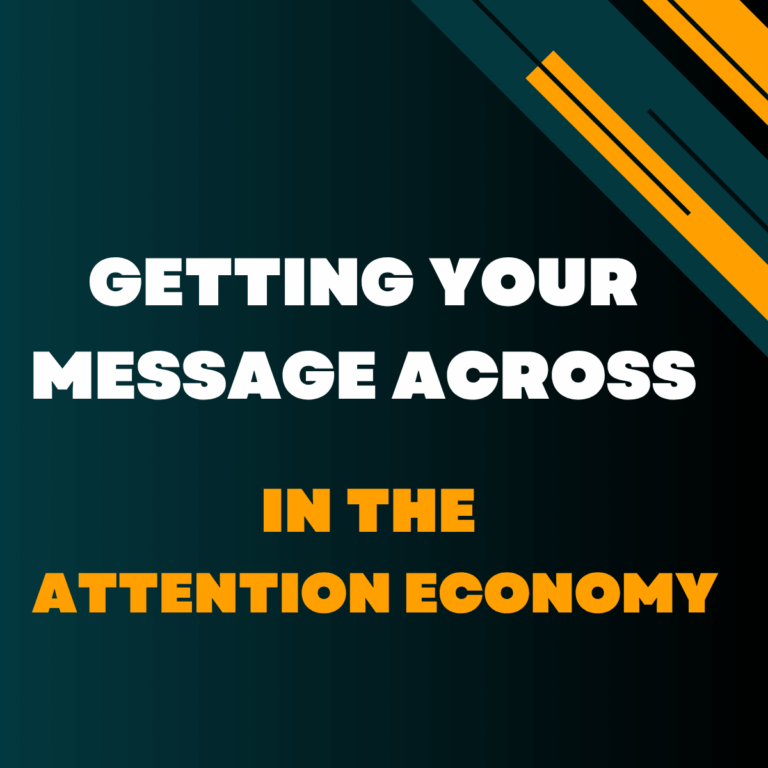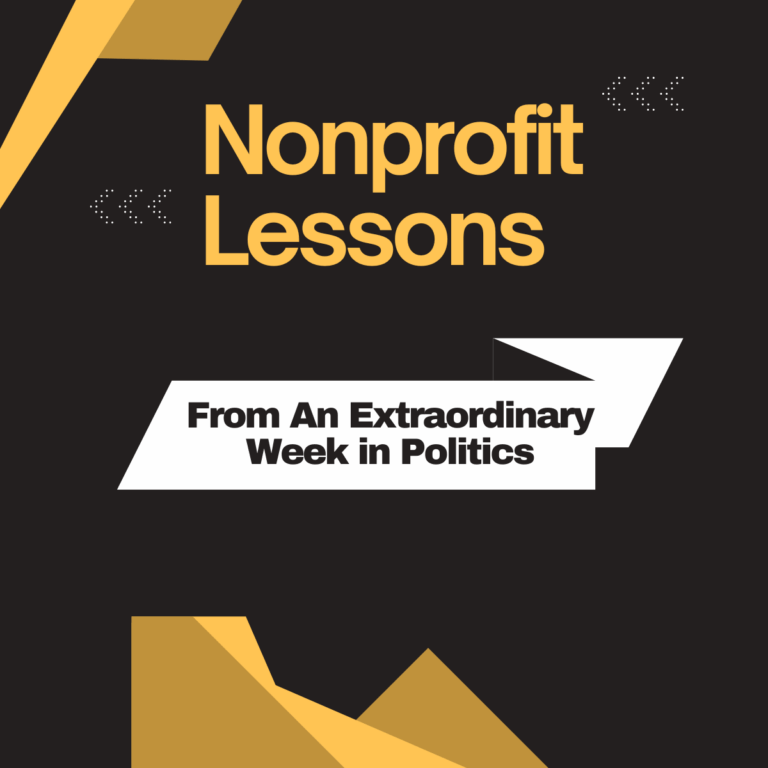Back in the day, when I was working on messaging for the Democratic Party, one of the periodic attacks on Social Security was underway. The threat of severe cuts in the benefits people depend on was in the air.
We had to find a way to alert and mobilize people especially those currently receiving Social Security benefits. When I sat down to write those messages, I wrote to my mother.
Why? Because I knew just how Social Security cuts would upend her life – how much it would hurt, how it would make her feel.
I also knew how much faith she had in the Democratic Party, the three pictures she had hanging in her living room – JFK, FDR and Jesus in the Garden of Gethsemane.

There’s real power in writing to someone you know, someone you get, someone you care about. And there’s real danger in forgetting there’s a human being on the receiving end of what you’re writing.
The best communicators I know have different writing styles, wildly varying personalities and a whole range of approaches to their work. But they all have one thing in common: They have a sense of affection and respect for the people they’re trying to persuade. And they never view them as caricatures, one dimensional figures they’re aiming to manipulate.
Seeing the person you’re writing to as someone who really matters to you leads to more convincing, more authentic communications. Thinking of the person you’re trying to persuade as part of a “target audience” you can move around like a chess piece is just wrong. It’s also a path to weaker connections and disappointing results.

I’m always surprised when I see the audience section of a fundraising creative brief and all it says is something like “$25 to $99 HPC, most recent gift 0 to 12 months.” That might tell you about their recent behavior. But it doesn’t reveal anything about who they are or what emotional journey they’re on.
If you really want to connect with your audience, don’t write to a file segment, a voting bloc, or a demographic group. Follow the advice of great communicators from country singer/songwriter Brad Paisley to commercial copywriter Eddie Shleyner.
Paisley’s advice: “Write to somebody. Don’t just write a song espousing something.” He followed his own advice as he began his songwriting career in Nashville. Paisley learned that, back home in Indiana, his girlfriend had left him for his best friend.
He was devastated. But he put her picture on his desk and wrote a song to her and, before long, he had his first songwriting hit.

To try to get away from generic “target segments” and put a human face and background on their audiences, some nonprofit and commercial writers turn to personas. They create fictional profiles with names and imagined life details to represent different segments of their audience.
But I’m with copywriting authors like Ann Handley (“Everybody Writes”) and Eddie Shleyner (“Very Good Copy”) who advise writing to a person, not a persona. Here’s how Shleyner puts his advice: “I avoid writing ads based on a persona, an amalgamation, a ‘character’ used to represent a particular demographic in a market . . . Work to understand the perspective on an individual – one prospect and, very often, their personal hopes, needs and desires will be your most honest and accurate source of information.”

If you don’t do it already, next time you right a message, try writing it to one person. Hopefully, it can be someone you know well and really care about. I’m willing to bet it will be some of the most moving and authentic writing you’ve ever done.


